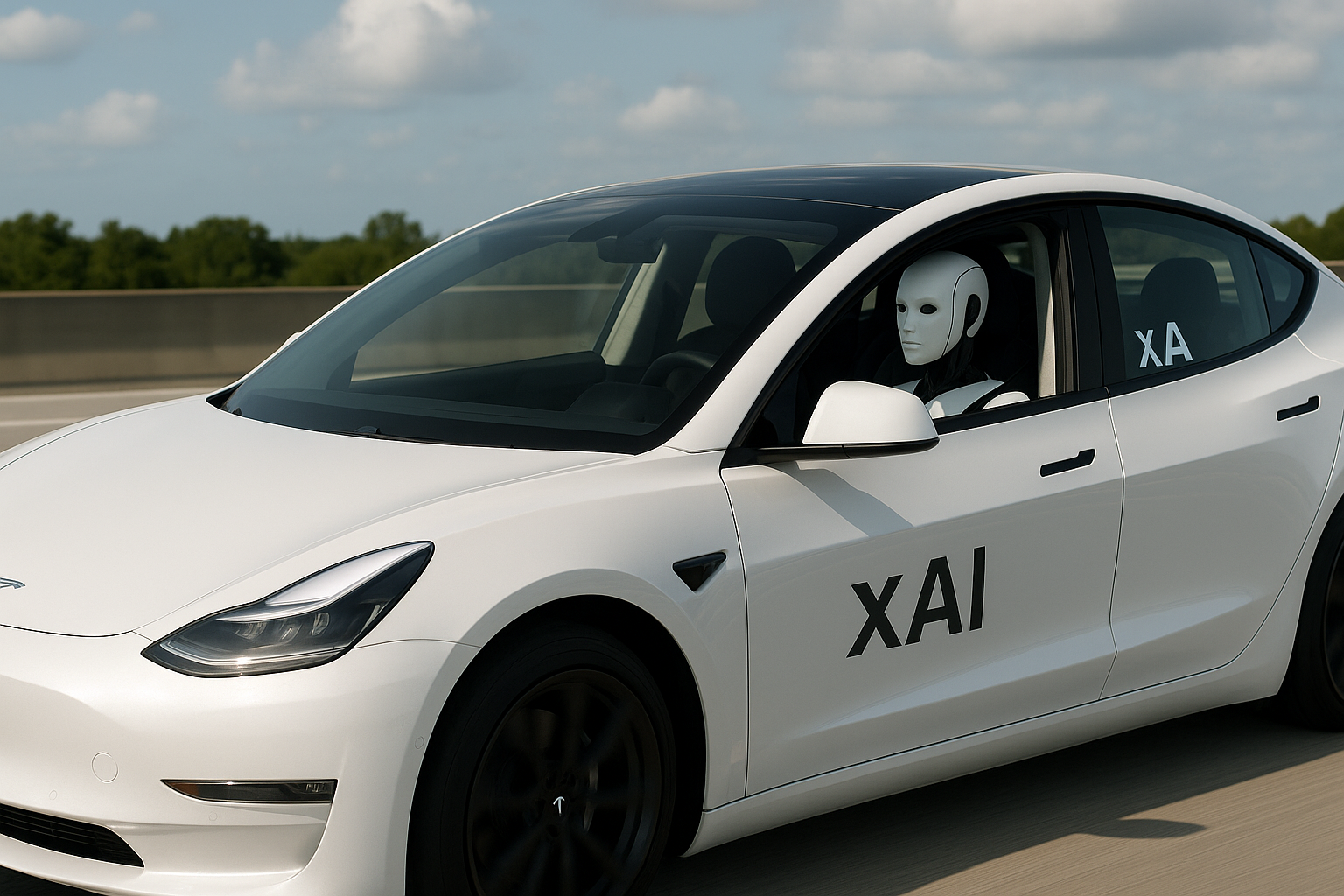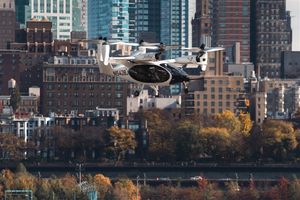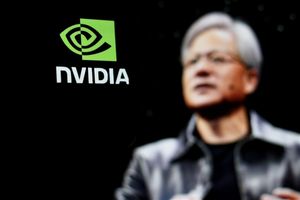
In the high-stakes race toward fully autonomous vehicles, few companies have generated as much anticipation and controversy as Tesla, Inc. While the electric vehicle (EV) giant has made bold claims about its Full Self-Driving (FSD) technology for years, industry experts and skeptics have questioned whether the company can truly deliver on its promises. With the introduction of Elon Musk’s new artificial intelligence venture, xAI, hopes are rising—and so are the questions. Can xAI finally supercharge Tesla’s FSD ambitions, or is this another chapter in a story still waiting for its happy ending?
The Stakes: Why FSD Matters to Tesla
Tesla’s FSD system, which is available as an add-on to its vehicles, aims to allow a car to drive itself in almost all conditions. While the current product is classified as Level 2 (hands-on), the ultimate vision is for Level 5 autonomy—no human intervention required. If Tesla succeeds, it could disrupt not just the auto industry but the entire landscape of personal and commercial transportation.
“The revenue potential is enormous,” says Morgan Fielding, an automotive technology analyst. “Tesla’s FSD isn’t just a feature—it’s a platform that could underpin robotaxi networks, logistics, and even new mobility services.”
But the path to autonomy has been rockier than Musk originally predicted. Numerous regulatory, technical, and ethical challenges have slowed the march. Critics highlight Tesla’s reliance on vision-based systems—primarily cameras—over the lidar sensors used by most rivals. Moreover, the company’s public software rollouts have been met with mixed reviews and occasional safety investigations.
Enter xAI: Musk’s AI Moonshot
Launched in July 2023, xAI is positioned as a general-purpose AI company. Musk has described it as an entity “to understand the true nature of the universe,” but insiders see clear practical objectives: turbocharging Tesla’s artificial intelligence capabilities, especially for FSD. The company is staffed with talent poached from DeepMind, OpenAI, and Google Brain—organizations with proven track records in large language models and reinforcement learning.
“xAI brings a new dimension to Tesla’s ambitions,” says Dr. Priya Kulkarni, an AI researcher at Stanford University. “The expertise at xAI in scaling models and applying cutting-edge techniques could be the catalyst Tesla needs to overcome some longstanding FSD bottlenecks.”
What xAI Could Change for Tesla FSD
1. Data Processing at Scale
Tesla cars collectively generate petabytes of driving data every year. Training a robust FSD model requires analyzing this ocean of information to identify patterns, edge cases, and errors. xAI’s expertise in distributed computing and large model training could make this process faster and more efficient, enabling more frequent software improvements.
2. Advanced Perception and Reasoning
While Tesla’s current FSD relies on “vision only,” the path to higher levels of autonomy demands that vehicles not just see but also reason. Advanced AI models developed at xAI could help Tesla cars better predict pedestrian behavior, negotiate tricky intersections, and make split-second decisions in complex environments.
3. Natural Language and Human-Machine Interaction
Another promising area is the integration of advanced natural language processing. Future FSD systems may allow users to communicate more naturally with their cars, providing feedback, asking questions, or even setting driving preferences via conversation.
The Skeptics’ View: Hype or Real Progress?
Despite the promise, not all experts are convinced. Dr. Laura Lin, a transportation policy analyst, cautions against overhyping xAI’s role.
“AI breakthroughs don’t instantly translate to safe, reliable self-driving in the real world. There are still issues like regulatory approval, liability, and real-world unpredictability. xAI may accelerate development, but autonomy is about more than just smarter algorithms.”
Moreover, regulatory bodies around the world have tightened scrutiny on autonomous driving claims. Any significant leap in FSD capabilities will require rigorous testing, transparency, and compliance—a process that can’t be rushed by sheer computational might.
Investor and Market Implications
Wall Street has closely followed both Tesla’s and xAI’s announcements, with speculation that the companies’ deepening integration could further distinguish Tesla from legacy automakers and EV startups. As of July 2025, (NASDAQ: TSLA) remains one of the market’s most closely watched and volatile stocks, with FSD advancements often serving as major catalysts for share price swings.
“If xAI can deliver tangible progress, Tesla’s competitive advantage widens dramatically,” says Fielding. “But if FSD continues to fall short, it risks eroding customer trust—and Tesla’s premium valuation.”
What’s Next? A Crucial Year Ahead
With xAI expected to release new AI models and Tesla planning major FSD software updates, the next year may prove pivotal. For Musk, the stakes are not just technological but existential: the credibility of both Tesla and xAI is on the line.
As the world waits to see whether this high-tech synergy can finally unlock the promise of full autonomy, one thing is clear: the convergence of AI and electric vehicles is shaping up to be the defining story of 21st-century mobility.
Disclaimer:
This article is for informational purposes only and does not constitute investment advice. The views expressed are those of quoted experts and do not necessarily reflect the position of the author or publisher. Always conduct your own research or consult a financial advisor before making investment decisions.






